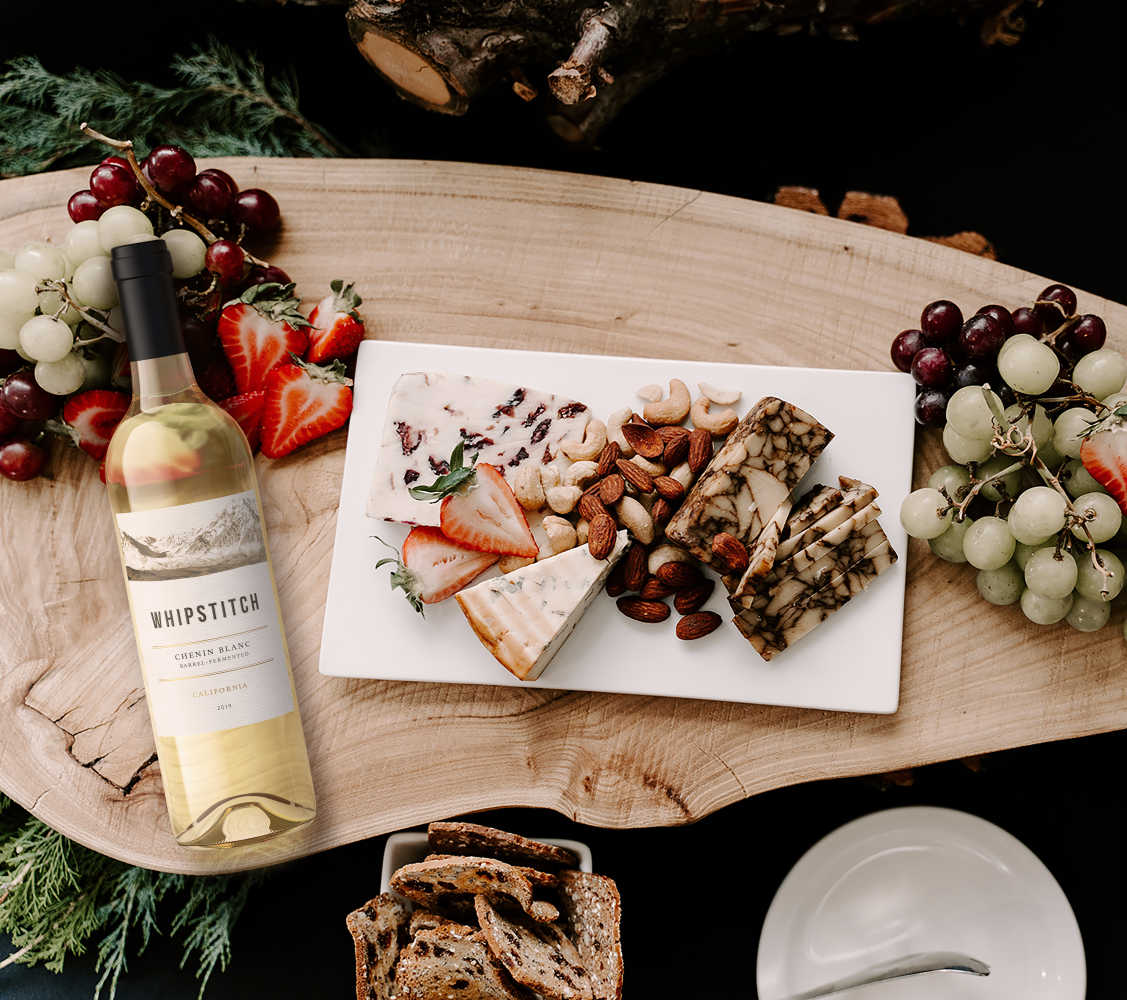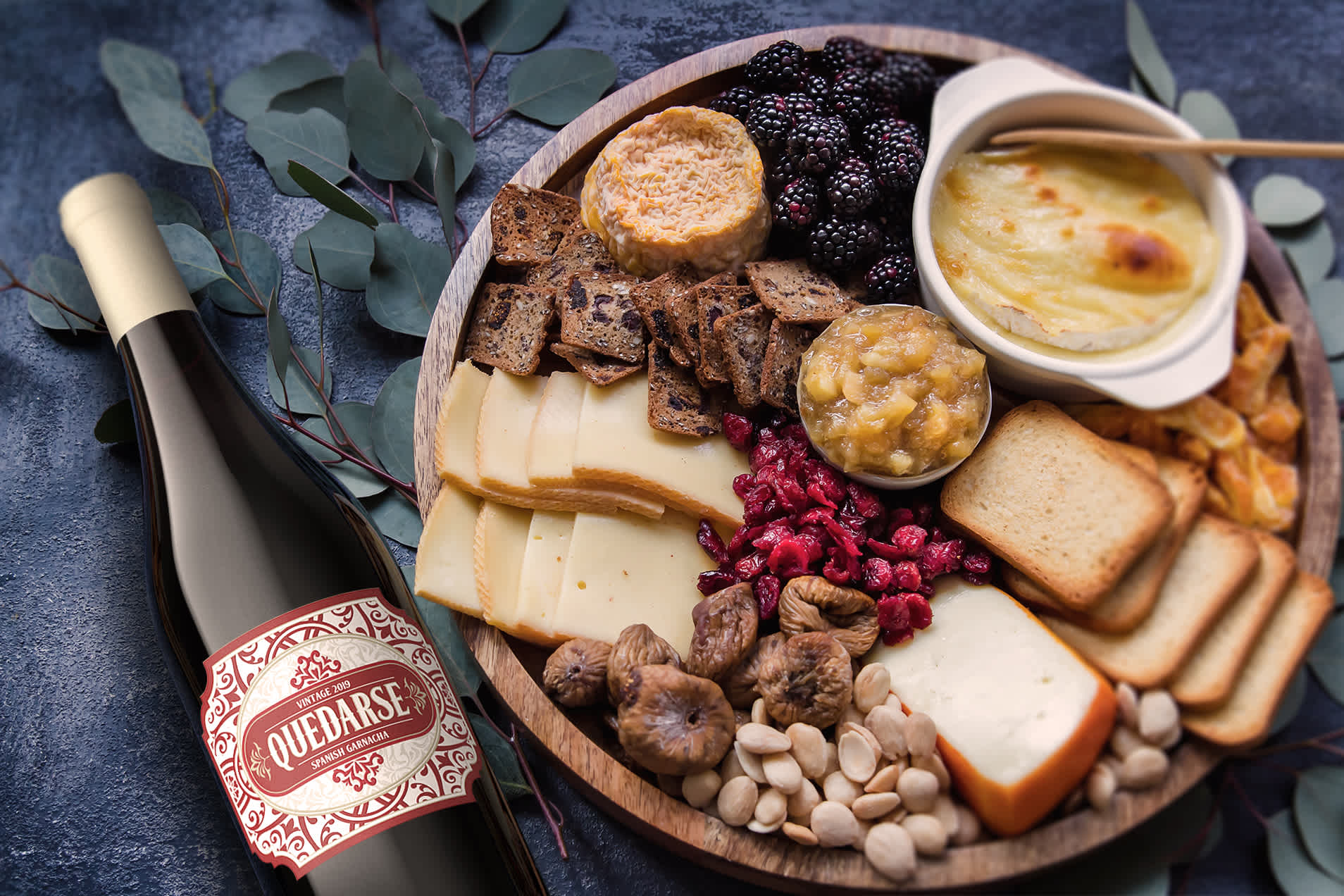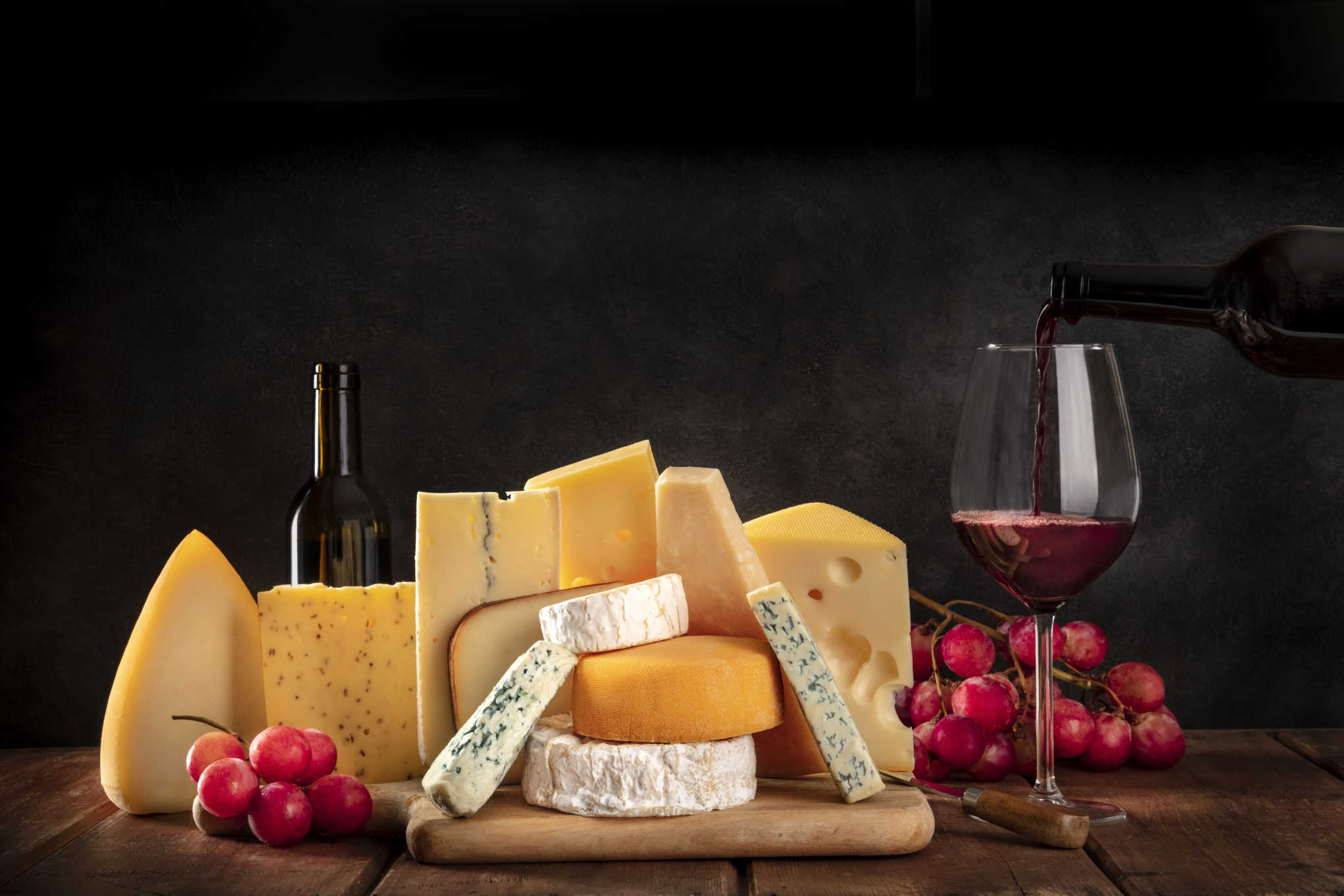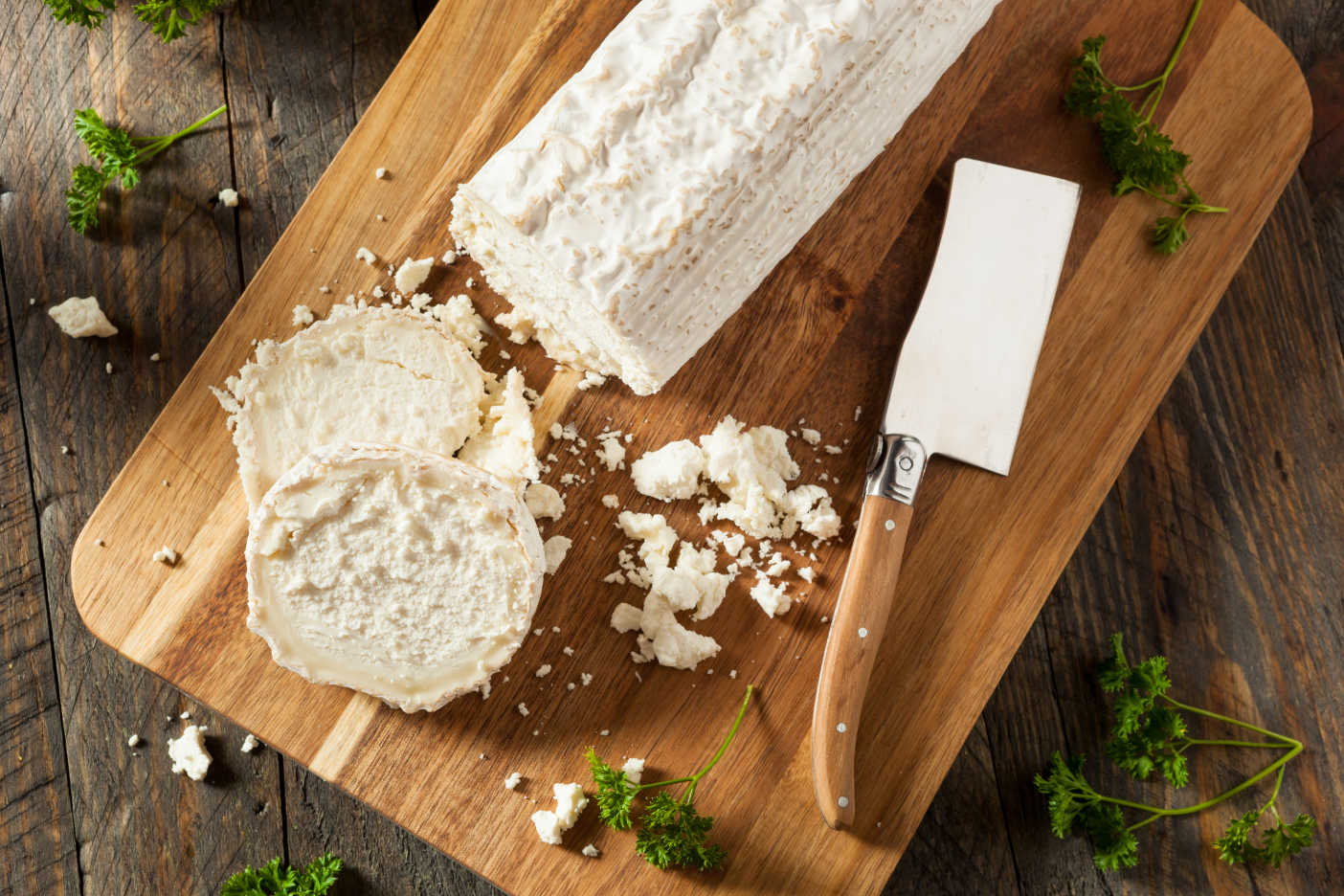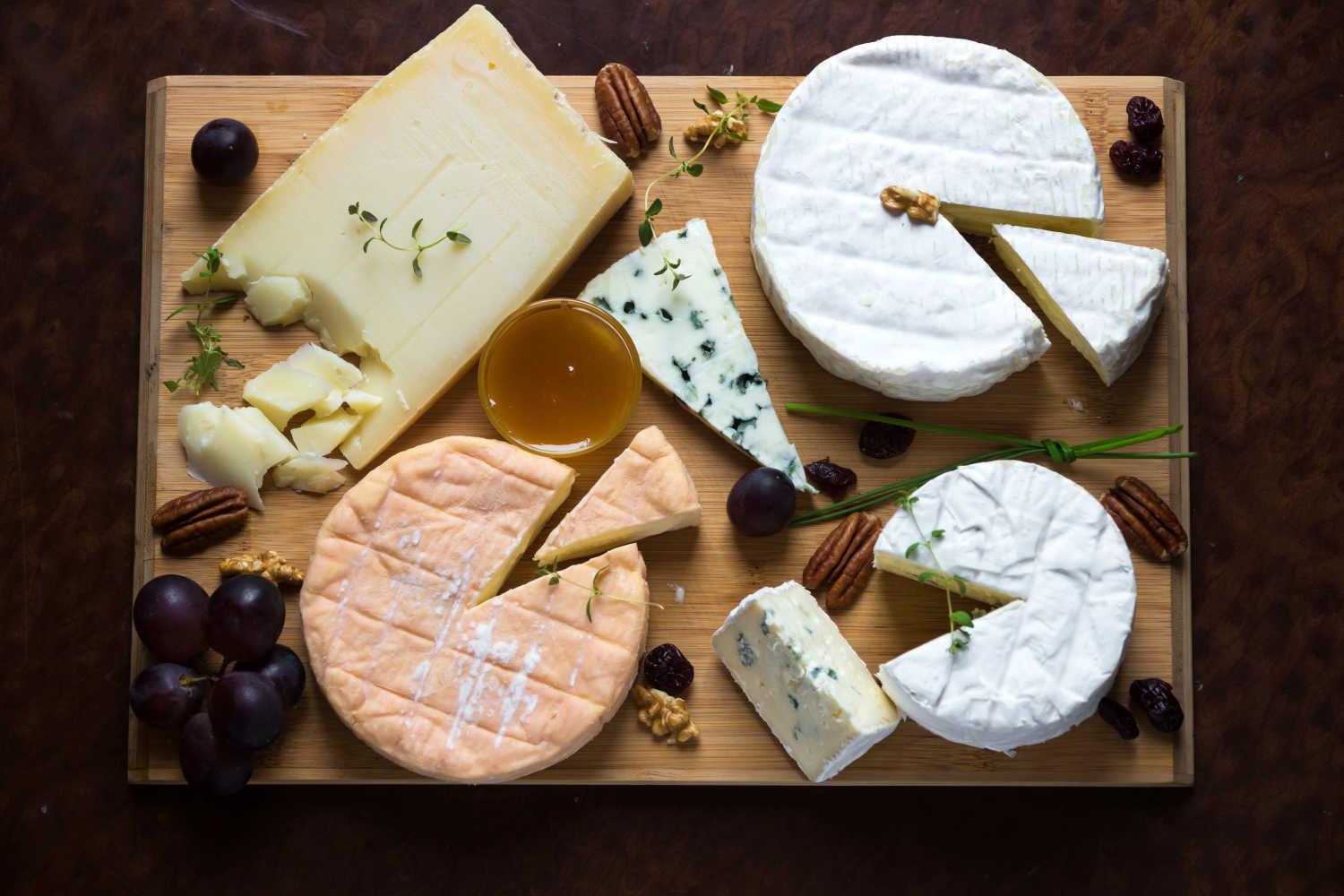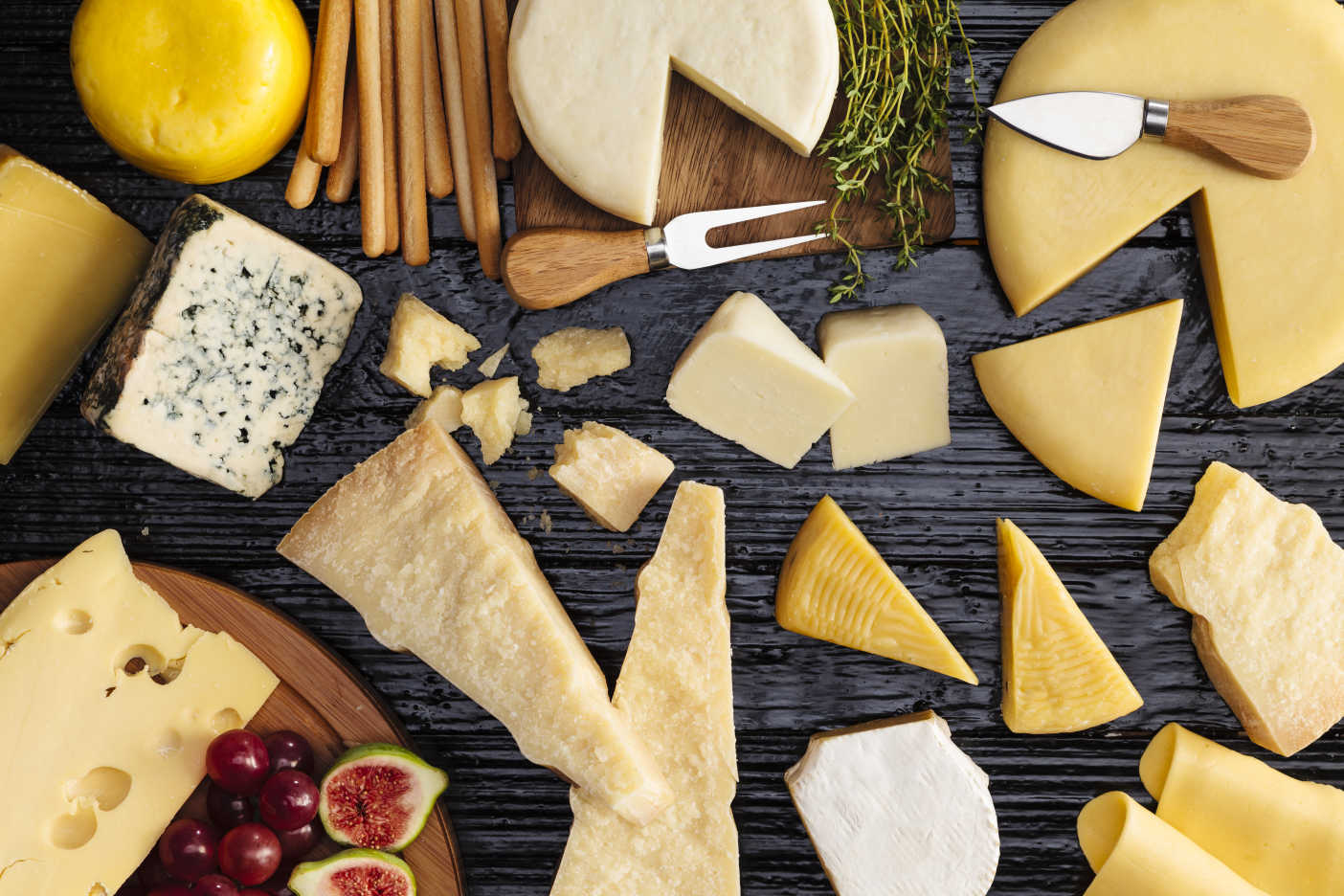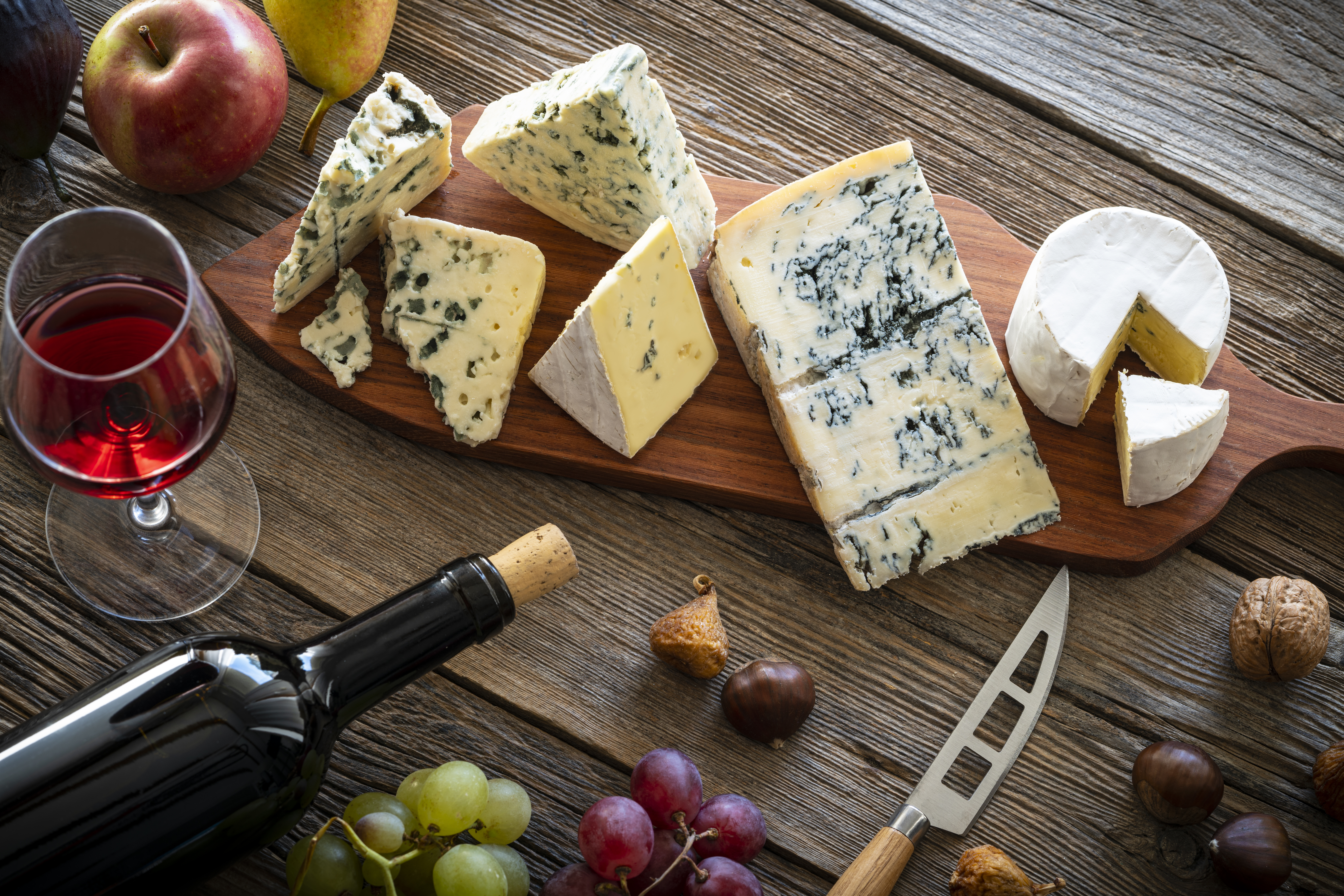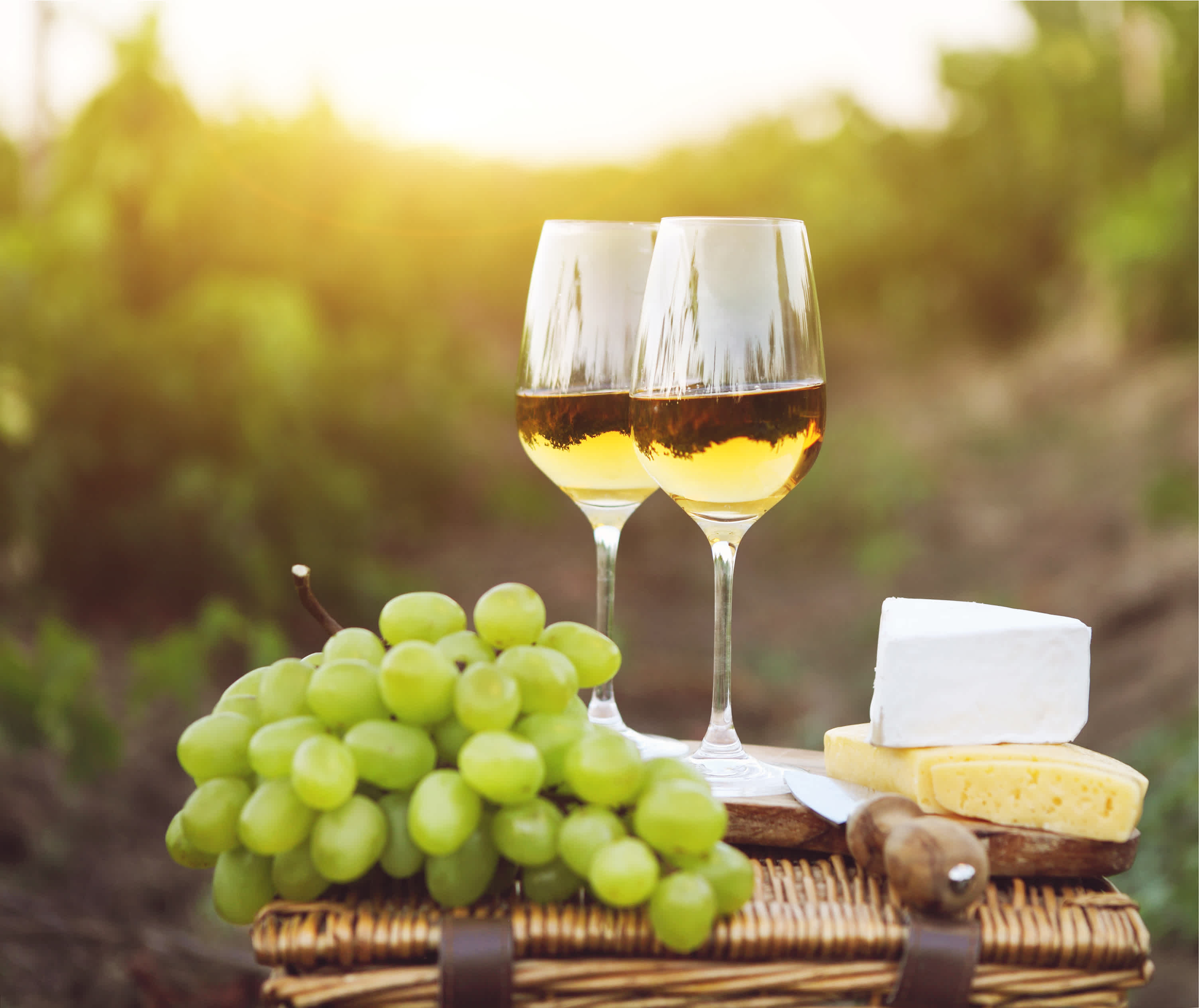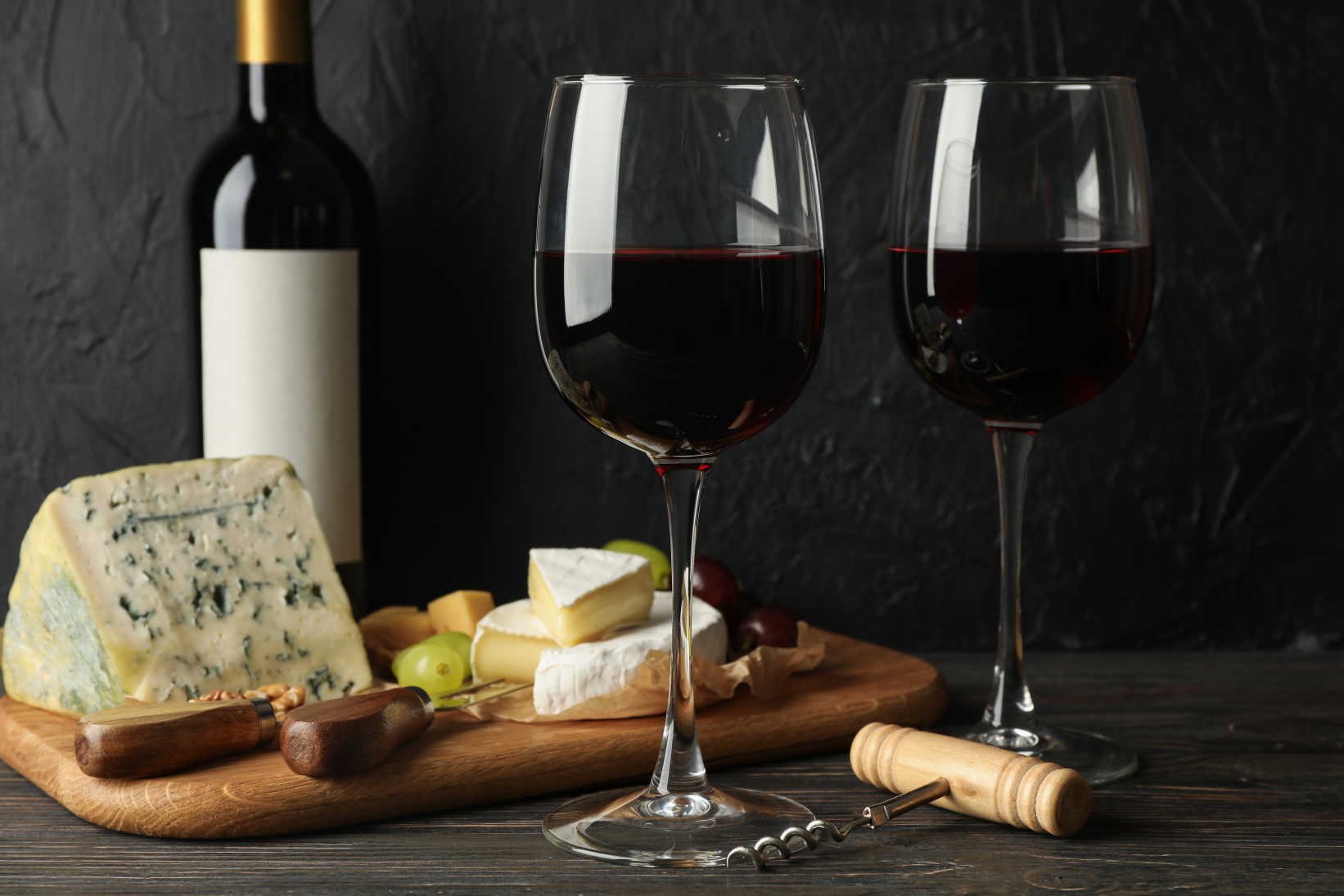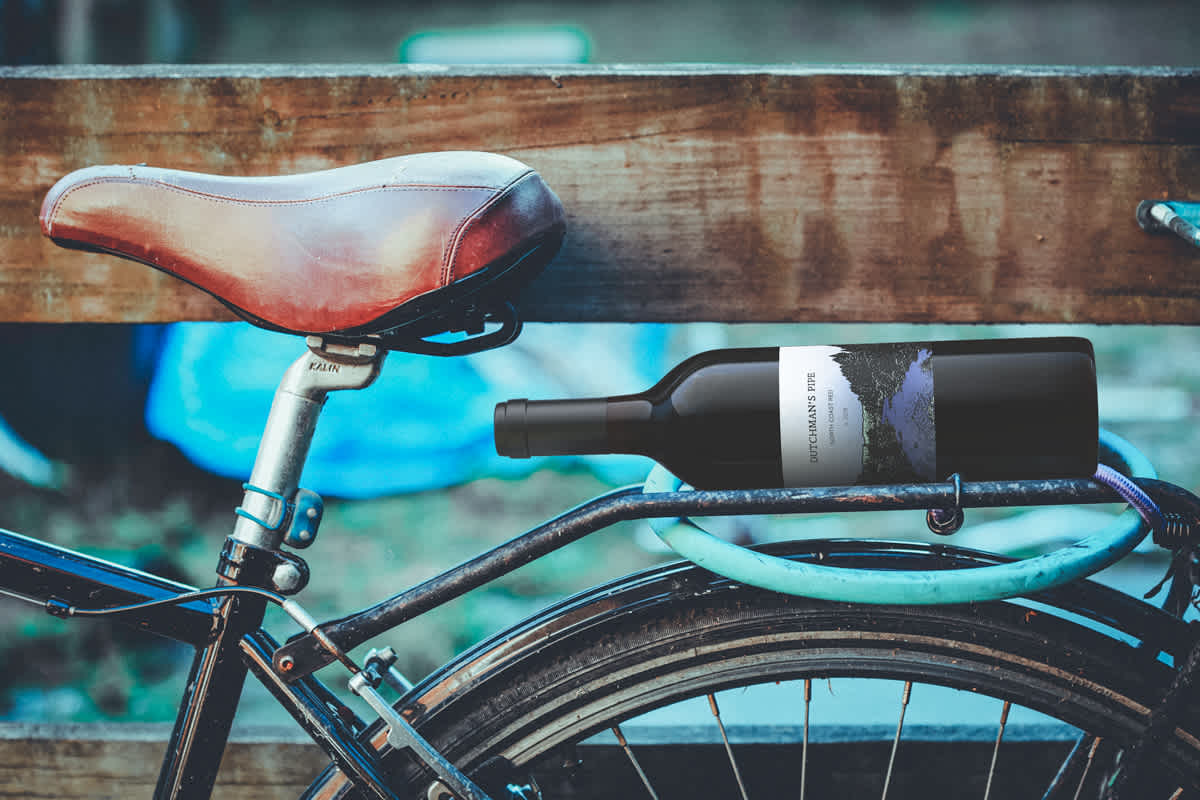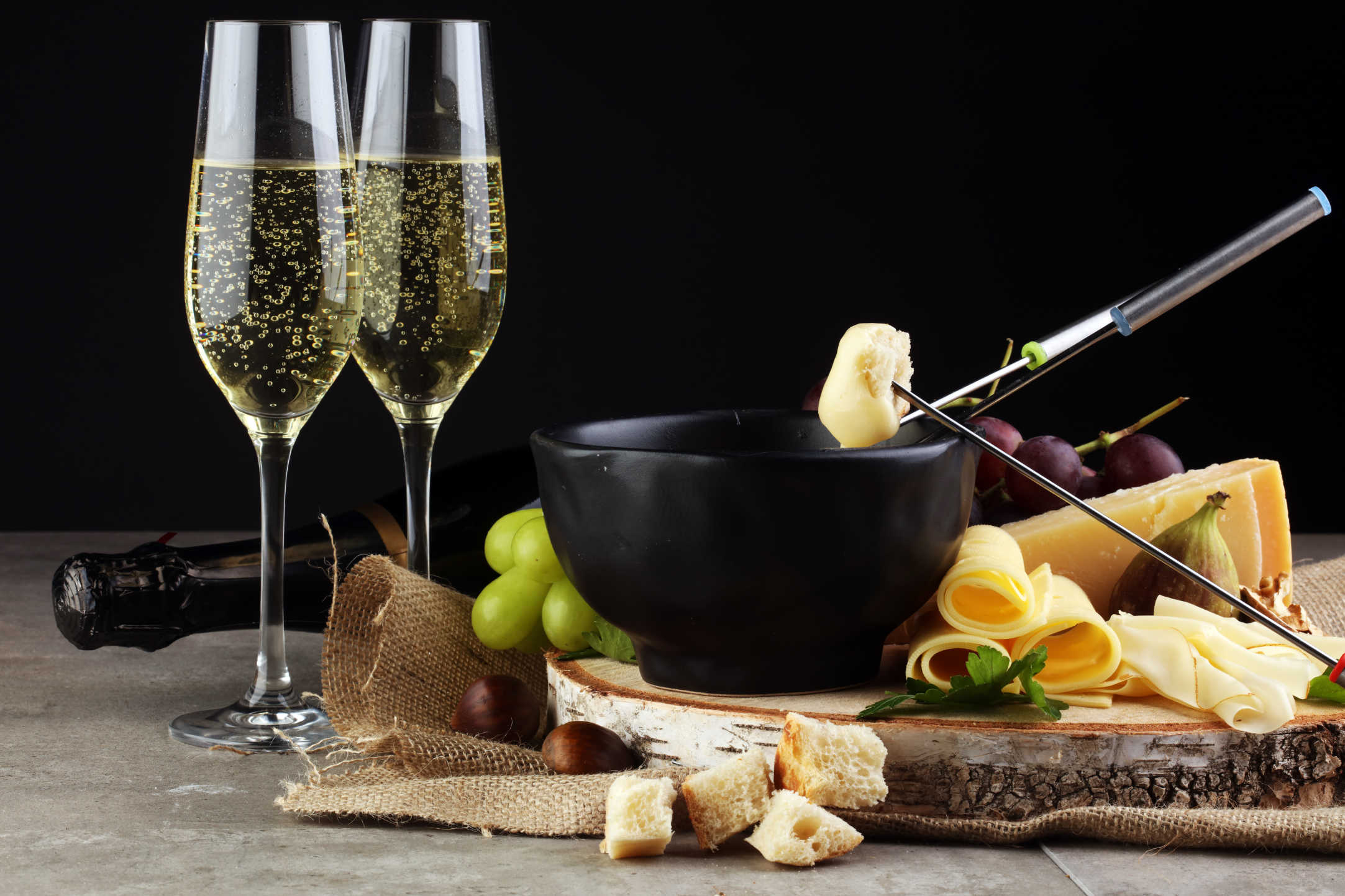Firstleaf’s Guide to Wine and Cheese Pairing
How to perfectly pair cheese with your next glass of wine
Wine and cheese pairing has long traditions dating back to the old world, like the classic port wine and Stilton after dinner. Countless books have been written on the perfect combinations of wine and cheese, like the classic Chardonnay and Swiss Cheese. However, not every cheese nor wine is made equally.
The culinary world regards these two artisan products as holy. Anyone who has tried an aged cheese or gouda with your favorite merlots or cabernet sauvignon knows the pleasure of pairing. Whether you're having chardonnay and brie for dessert or just enjoying a well-aged cheddar, there are plenty of ways to pair your favorite blue cheese or goat cheese with your white wine or red wine.
Knowing which cube to pick on your cheeseboard when you're drinking prosecco or riesling with your colleagues is not always obvious. The range of flavors like sweetness, acidity, and tannins in your wine, alongside the cheeses textures like creaminess, have to be taken into account.
And if names like Gruyere or gorgonzola confuse you, cheese pairing can be daunting, but it doesn't have to be. Firstleaf’s Wine School has taken on the challenge of mapping out the best wine and cheese pairings, so you don't have to.
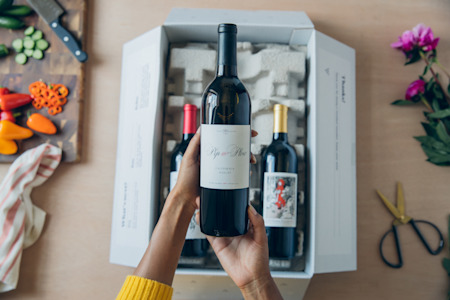
Take The Quiz
Learning about different wine varietals and regions is fun. Take the quiz now to explore wines matched to your unique palate.
Take The QuizIN THIS ARTICLE:
Wine Pairing Rules
It doesn't matter if you only have red wine or white wine, cheese pairing is a fun and adventurous way to learn what about your pallet.
Each wine’s tannins, high acidity, and sweetness profile contrast and mingles with the buttery and funky flavors in your cheese, making a great foil to wine.
Firstly, you should observe the texture of your cheese with the texture of your wine. A light wine will pair better with heavy and thicker cheese and vice-versa. These two contrasting ideas will complement each other when paired. For example, sparkling wine or champagne, which is lighter, would do better with a thicker cheese like Muenster or Edam. This is because of the high acidity; these drinks blend better with thicker cheeses - Especially those with a rind.
One should also keep in mind the taste of your wine prior to pairing it with any cheese. Note the nutty flavors and subtle hints of fruit; you don't want the flavor profile of the cheese to overwhelm the subtle flavors in the wine. To avoid this, drink your wine before eating the paired cheese.
A general rule to follow when pairing wine is to match your pungent, funky cheeses with a sweeter wine, and for your strong-bodied wines, try aged cheese or smoked cheese, like mozzarella or gruyere.
One more rule is to serve your cheese at room temperature before you break out your chardonnay. This step allows the cheese to breathe at a normal temperature. As for the wine, you want to let it sit at room temperature for a couple of minutes such that it warms up after you take it out of the refrigerator.
You should avoid stacking many types of cheeses on one platter. It may be pleasing to have many different kinds of cheese on your cheeseboard, but unless they are of the same family and generally complement each other, it is best to focus on one flavor profile to pair with your wine. A rule of thumb to keep in mind, keep your cheese types uniform on your cheeseboard.
Lastly, you should know how your cheese will interact with your wine. If all you have is prosecco at home, then maybe try parmesan or soft cheese.
Choosing your Cheese
Cheese pairing with your wine is a personal and subjective decision, but that doesn't mean there are no rules. Cheese typically falls under 1 of 6 categories; Fresh cheese, Bloomed cheese, With Rind, Hard cheese, Soft cheese, and Blue cheese.
Fresh Cheese
Fresh cheese is often made from cow, goat, or even sheep's milk. It generally is soft to the touch and almost never comes with a rind. Goat cheese is the most famous example of fresh cheese, but other cheeses like Ricotta, feta, and mozzarella also fall under this category.
Bloomed Cheese
A Bloomed cheese gets its name from the white mold that “blooms” on the outside of the cheese, making a bloomy rind. These cheeses tend to be extra creamy and make for a great spread and can be made from aged cheeses like brie. These tend to pair best with your chardonnay and sauvignon blanc.
Cheese with Rind
Cheese with Rind is self-explanatory, but what separates a rind cheese from the others is the process in which the cheese acquires its rind. These cheeses are usually washed in a brine mixture, wine, or even beer. The rind forms the outside of the cheese adding pungent and sour flavors. These include some Italian classics like brie or camembert. Other rind cheeses include Parmigiano-Reggiano, and Montegomery aged cheddar.
Hard Cheese
Hard cheese is a cheese that has aged turning the cheese into an often brittle block that is easy to break apart. These cheeses tend to be extremely pungent with other minor flavors like saltiness or a savory taste. They are incredibly popular like Pecorino, Manchego, or gruyere.
Soft Cheese
Soft cheeses are creamy cheeses that are perfect for cooking within a melt or in slices. Some soft cheeses include Gouda and Brie when they are in their younger phases. These cheeses are best served alongside a bottle of sparkling wine, or really any wine that has high acidity content.
Blue Cheese
A Blue cheese is a cheese that is home to blue mold which lives within and throughout the cheese. This cheese is often sweet and crumbly with sharp well-defined flavors. These cheeses tend to pair best with a sweet or fruity wine which contrasts their pungent nature. Blue cheeses like gorgonzola, stilton, or Roquefort are some of the most popular available.
Pairing White Wines
White wine has a variety of grapes and flavors to choose from, but pairing them with cheese gives these wines a whole new purpose.
A Prosecco with Parmesan cheese is a classic pairing that blends the light and frothy wine with a buttery and earth cheese that matches the Proseccos’ acid levels. This is a very social wine, perfect for a round of glasses with friends and a platter of crackers with Parmesan or even a Baby Swiss Cheese.
Pairing white wine is all about finding the best fusion of contrasting flavors. Chardonnay is a classic wine that has been paired with a variety of cheeses. The sweet and full body Corsage, from Firstleaf’s Wine Store, is an excellent chardonnay that pairs best with high acid and pungent cheeses. Some great pairings include chardonnay and goat cheese, or for your more acidic chardonnay’s, try a creamy Laychee or perhaps a slice of Swiss Cheese.
Sauvignon Blanc is a white wine of French origin; it is characterized by its herbal undertones and sour tropical fruits. This wine is known for its high acidity levels and leafy tones; for this reason, it pairs best with solid cheeses like a block of Cheddar, Gouda, or even a Monterey Jack. Sauvignon Blanc is so versatile it even pairs beautifully with more “mountain” cheeses like Swiss, Parmesan, or even a delicious slice of Muenster.
Pairing Red Wines
Red Wine is the original medium of wine that gave us the pairing tradition we know today. In old Europe, families would eat cheese after dinner with their leftover red wine, starting the tradition of wine pairing with cheese. Today this tradition has expanded to the mainstream in an age where anyone can try pairing their wine if they are motivated enough.
Port Wine, Portugal's most produced wine is a fortified sweet red wine, but it can also be made into a white wine or even a rose wine. This wine has a wide flavor profile ranging from sweet berry tones to a cinnamon and chocolate flavor. Port wine has several different pairings depending on the brand; for example, Port Wine and Parmesan are a well-balanced blend of light, fresh cheese, and fruity wine. Conversely, Port Wine can also be paired with a funky blue cheese like Stilton or Gorgonzola.
Cabernet Sauvignon is one of the most widely planted grapes in the world, yet it is still an original and exciting wine to try with cheese. Cabernet pairs best with hard and semi-hard cheeses that will not overpower the Cabernet's subtle tannins and flavors. Some of the best pairings include an aged sheep cheese with milk or even a soft aged cheese that's firm to the touch. Goat Gouda or goat milk cheese is highly recommended with your Cabernet Sauvignon.
The deep and satisfying Merlot, one of the most popular red wines consumed worldwide, makes for a great pairing. Not every Merlot is crafted the same, but the fine hand-crafted ones are the best for pairing with soft cheese - Merlot pairs well with Brie or a Cheddar and Parmesan mix. Merlot is so versatile it even pairs with a more rich cheese like Gouda or a Camembert. The Firstleaf exclusive, the Dutchman’s Pipe, a savory full-body merlot from California, is an ideal wine to pair with your next semi-soft and soft cheese.
The bold and full-bodied Shiraz, or Syrah, is one of the most world's most widely grown grapes. This wine tends to be a deep purple color with berry flavors and a smoky texture. This wine is perfect for pairing with smoked and aged cheeses. A smoked Gouda pairs perfectly with Shiraz or Syrah, contrasting the wine’s sweet and nutty flavors with the strong and smoky flavors of your Monterrey Jack or gruyere. Another great pairing is Shiraz with a smoked Blue Cheese, again contrasting the sweet and bold flavors of the wine with the smoked, pungent taste of a Roquefort or Stilton.
Pinot Noir is a different red wine; it is known for its light and fragile nature that is suave in texture. This light body wine is fine and tingly and pairs best with the freshest of cheeses. Pinot Noir pairs well with Mozzarella, Feta, and even light goat cheese spreads. The fruity and light essence of Pinot Noir blends well with the tangy fresh animal cheese. In particular, a cut of White Goat Cheese pairs beautifully with Pinot Noir.
Pairing Sparkling Wine
Be it Champagne or not, Sparkling wine is a great option when exploring lighter and creamy cheeses. Sparkling wine is an excellent choice for almost any occasion but is exceptionally viable when pairing with a cheese platter. Sparkling wines come in an assortment of styles; some are dry and zesty, while others are light and fruity. Grapes like riesling, chardonnay, and pinot noir are used to make the best sparkling wines across the world.
Sparkling wines are the perfect pair for creamy and light/whipped cheeses. Sparkling wines tend to have a high acidity and carbonation concentration, giving the wine the iconic bubbly texture. Cheeses that pair well with high acidity like Brie or Muenster pair best with sparkling wines.
Sweet or perfumed wine like Moscato is naturally aromatic. This wine pairs best with a cut of Gorgonzola, a heavy blue cheese to contrast with the lighter flowery tones of the Moscato.
Cheese pairing with sparkling wine has a variety of options. For example, Champagne is versatile enough to pair with a non-imposing cheese like Baby Swiss or feta, while it can also pair nicely with a block of Gouda or even Edam.
Closing
Cheese pairing is a simple task with the right knowledge and fresh ingredients, but it doesn't have to be expensive. Try out some of the Firstleaf exclusives in the Wine Store, or better yet, sign up for the Firstleaf Wine Club and get a discount on every chardonnay, merlot, or pinot grigio you pair with your next cut of goat cheese or aged cheddar.
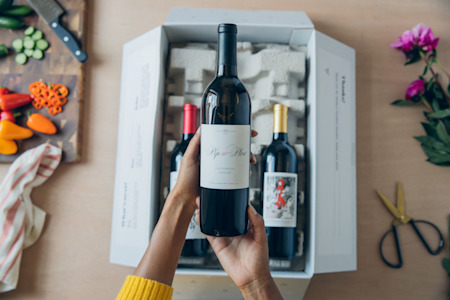
Take Our Quiz Today
Get award-winning delicious wines from all over the world shipped straight to your door. Take the quiz to get the perfect pairings for your holiday season.
Take The Quiz TodayIN THIS ARTICLE
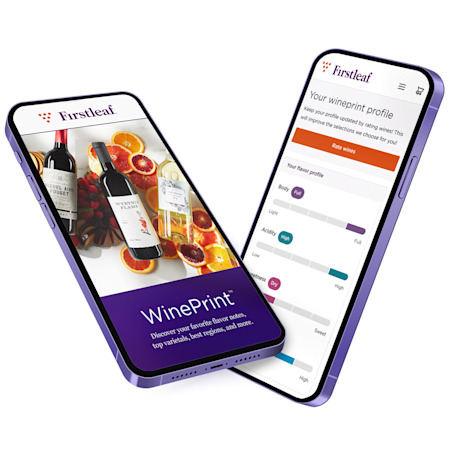
WinePrint™ by Firstleaf
Are you looking to learn more about your wine preferences? Check out our Wine Print for an in-depth look at your personal tasting profile. Discover your favorite wines, varietals, regions, and tasting notes and get personalized recommendations wherever you are.
Learn More